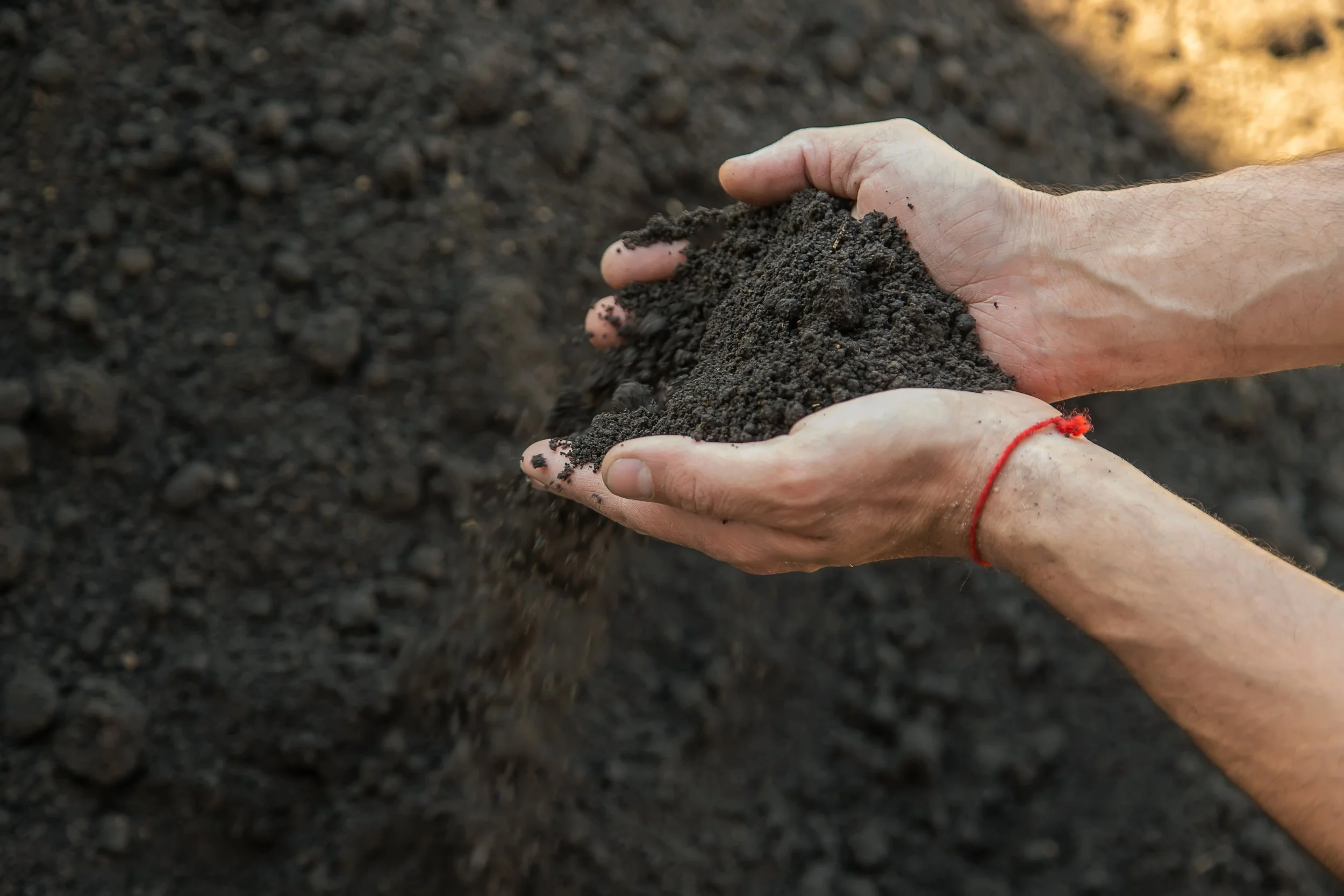What to Know About Zones, Soil, and Drainage
Updating your landscaping can be as simple as changing up your plantings or as complicated as re-grading the land around your home. For those who live in regions that regularly get snow, the drainage around your home is critical to the stability of your foundation.
Good drainage is key
Making sure that the drainage around your home is going in the right direction can be as simple as walking around the house during a gentle rain. If your gutters are sagging or if water is not running out your downspouts, it may be time to contact Advantage Seamless Gutters for an estimate on the best style of gutter for your home.
If your gutters are flowing well, make sure you look along the ground where the soil meets the house. Do you see any patches of moss or cracks in your foundation? Any areas along your foundation where water pools can be a risk for water penetration. Should you notice water in your crawlspace or basement, an estimate from Foundation Recovery Systems may save you a great deal.
Check and change your soil quality
If you have foundation plantings that are looking ragged, it could be because the soil along your foundation is compacted or is simply low in nutrients. If an existing flower or vegetable garden is not thriving, it could be that you need to add compost, fertilizer, or mulch. It could also be that you need to build up the bed with pavers and add better soil on top.
Make sure you also consider a slow path to soil improvement. There are many organic mulches that will help your soil retain moisture all summer and break down over the winter. In the spring, you can simply turn the soil over and add more mulch. If you're not sure that your application of mulch is helping, keep an eye out for earthworms. They will be drawn to an increase in organic matter. They'll also contribute to your soil improvement goals.
Choose the right plants
Finally, make sure you choose plants that are appropriate for your location. There are many beautiful flowering shrubs that need a hard, cold winter as often experienced in USDA Zone 5. If you've never planted lilac bushes or forsythia before, your new beds could be an ideal spot for these beautiful, fragrant flowers.
Perhaps you want to avoid foundation plantings and put in a few trees to provide shade. Many trees drop leaves that can also be used as organic material in other spots in your yard. Carefully review the expected canopy spread of your chosen tree so your planting spot is far enough away to give you a good view of the tree without risking your siding rubbing or your foundation being damaged by roots. An invasive tree can do as much damage as poor drainage.
Your plant choices, drainage situation, and USDA zone decisions can protect your foundation and beautify your yard. For plant inspiration and foundation information, make sure you check out The Home Mag on Facebook and Instagram for new ideas.

